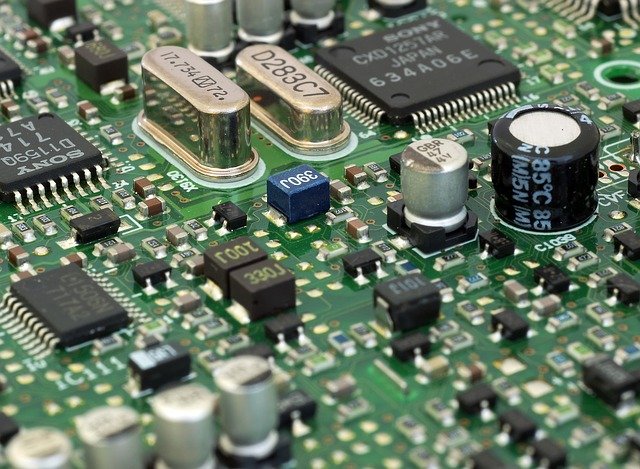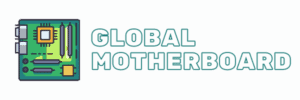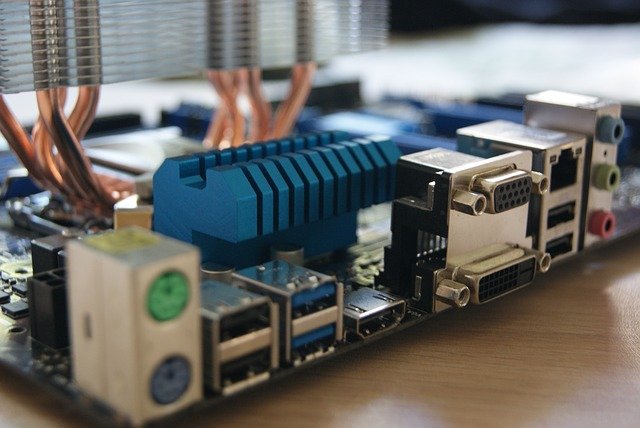If your computer’s processor is its brain, the motherboard is its heart: it’s where all of the computer’s various components connect and communicate with one another. If your motherboard has a problem, it’s a far bigger problem than just replacing a component.It does not matter its gaming motherboard or any other below we have described all.

Handling Motherboards, Cards, Or Drives
Typically, motherboards are robust enough to withstand the rigors of daily use. However, there are certain things you can do to ensure that it continues to function properly. The motherboard must be protected from damage before any other component can be protected. You’ll save yourself a lot of headaches when handling motherboards, cards, or drives, if you avoid some of these statements.
Look for any short circuits.
This issue is more common in desktop computers, but it can alsooccur in laptops. If you want to build your PC or have one assembled for you, there’s a possibility it’ll short out if it’s not put together properly.
Because the motherboard conducts electricity and distributes it to other components, it cannot come into contact with any metal, such as the case or a poorly installed component. Motherboards are often damaged by loose CPU coolers. Check for any loose connectors, which is a common PC maintenance blunder.
When putting your PC together, make sure the motherboard is properly installed in the case. To connect the motherboard to the case, you’ll need a few screws. Make certain that every screw is in place and that it is securely fastened. A loose screw can cause a short circuit, frying your entire motherboard, as one user discovered on the Tom’s Hardware forums.
In a nutshell, your computer’s interior should be clean and well-organized. A short circuit would occur if the motherboard comes into contact with an unintended object.
Defend Against Power Outages
The power supply unit (PSU) of your PC is connected to the motherboard. It’s critical to purchase the correct power supply for your needs; if your components need more power than the PSU can provide, the components or motherboard will fail.
Power surges, on the other hand, are a more common issue for motherboards. Air conditioners and refrigerators, for example, are power hogs in your room. Have you ever noticed that when these gadgets turn off, your lights flicker? This was due to the need for more electricity, which resulted in a surge.
When they turn off, it takes a few seconds for the current to change. And it’s diverted to other circuits, like your lights or your computer, in those few seconds. A power surge can be explained in this way at its most fundamental level. Depending on your power configuration, your locality’s power grid, and even weather conditions, it happens more often than you think (like lightning).
Small power surges can be accommodated by most power supply units and motherboards by adjusting their voltages. If it’s a large one, though, it will fry your motherboard as well as all the components connected to it. It’s a significant problem and one that we seldom take into account.
Ventilation Outlets Should Be Cleaned
The scourge of electricity is heat. To function correctly, computer components must be kept cool. They do, however, create a lot of heat. That’s why heat dissipation, whether in the form of fans or heat sinks, is critical for machines.
You can clean your laptop’s ventilation outlets if it gets hot regularly. The motherboard would warp due to heat. Small bends, on the other hand, may affect stress points such as screw heads or connectors. Remember that a faulty or loose connection is a ticking time bomb for your motherboard.

